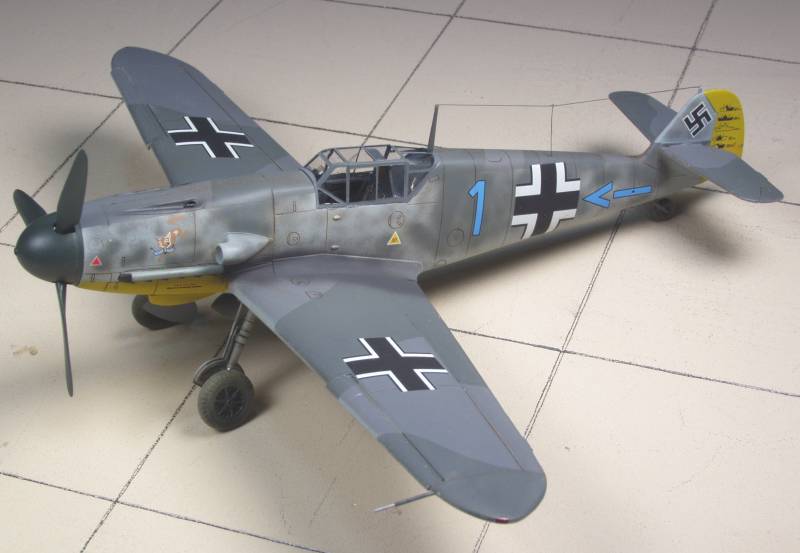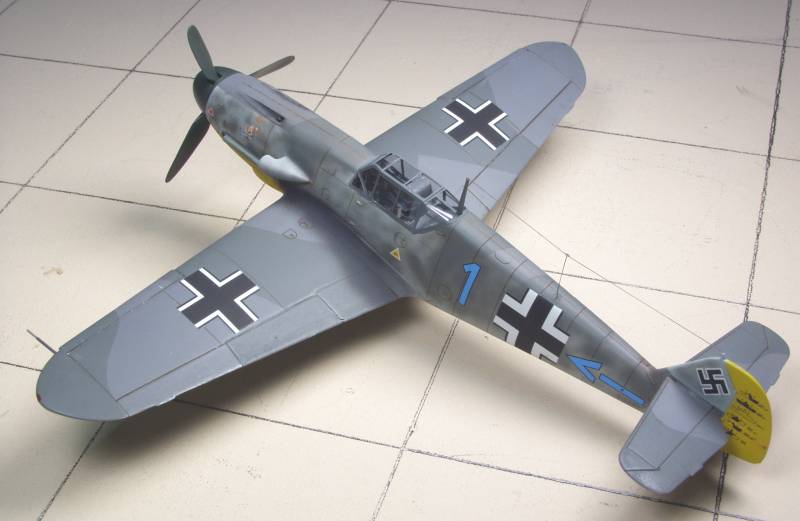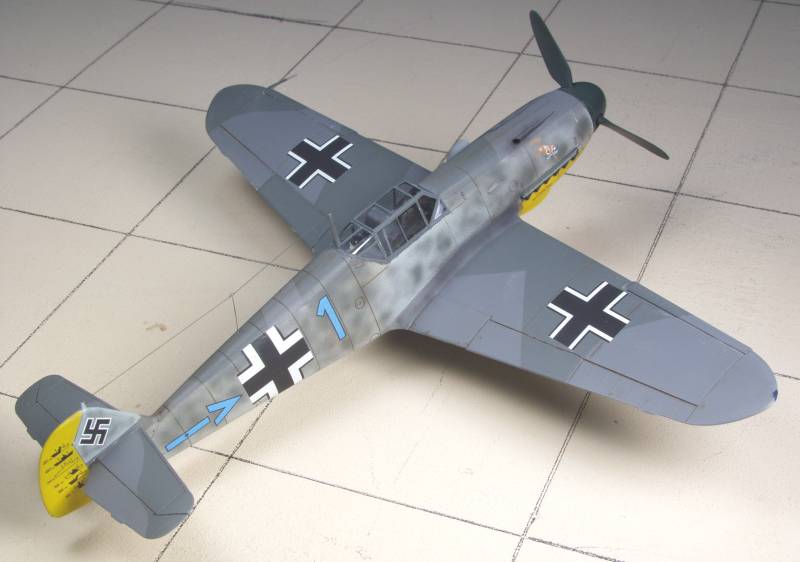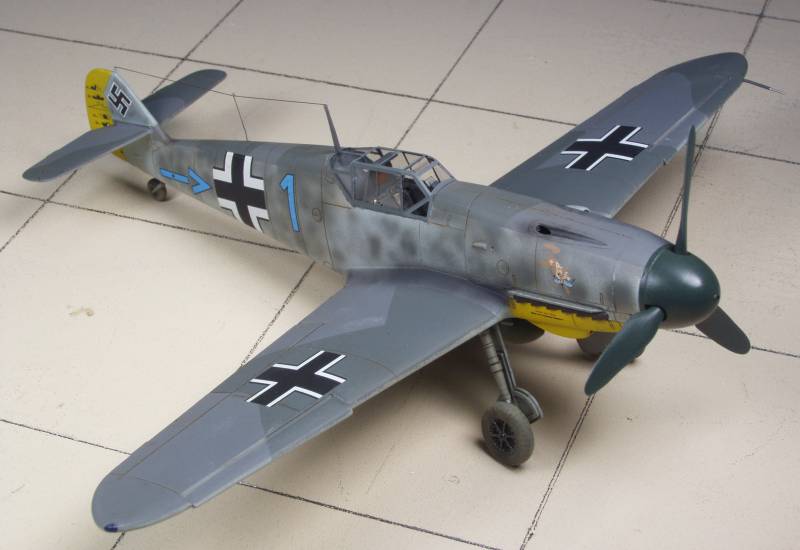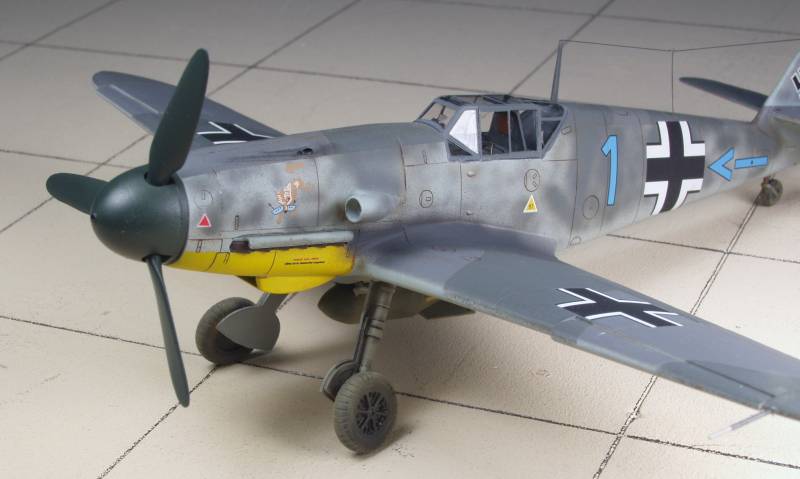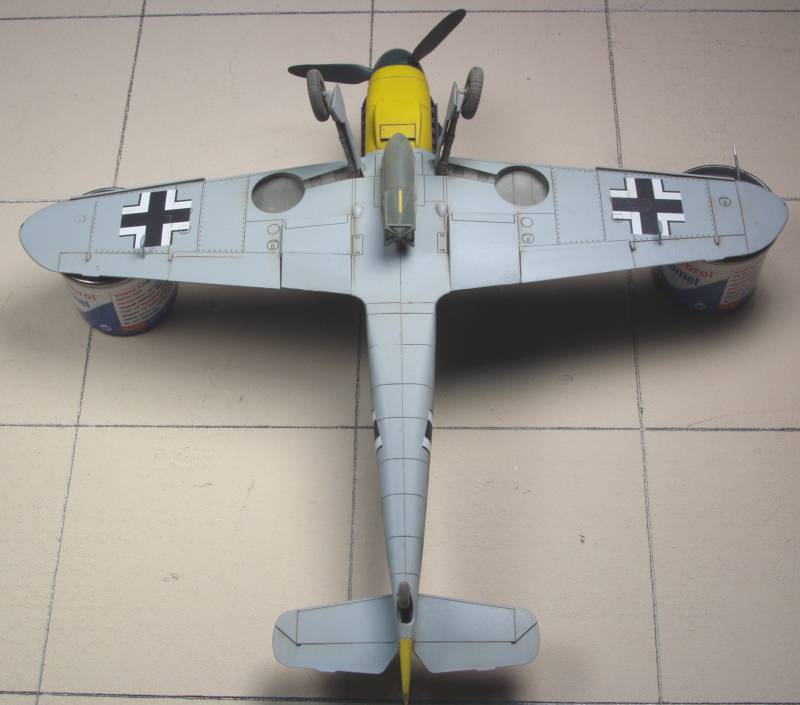

Bf 109F-4/B
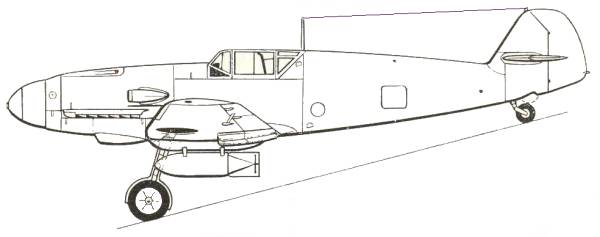
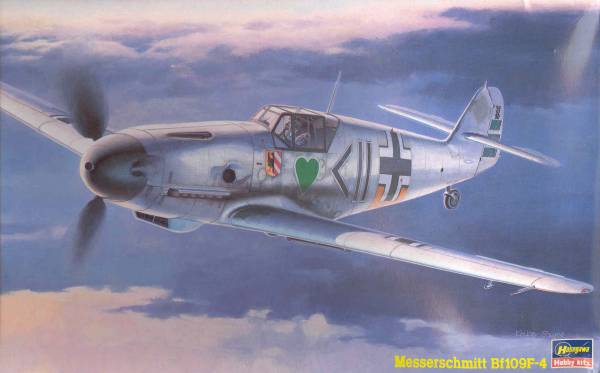
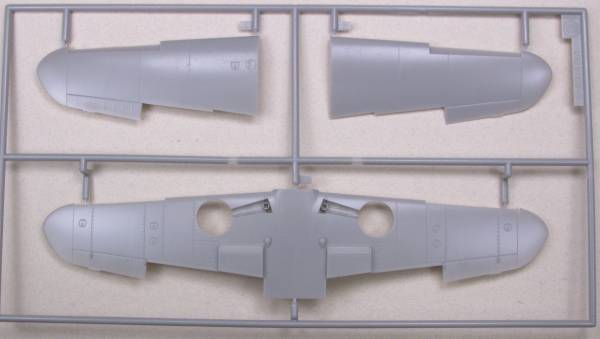
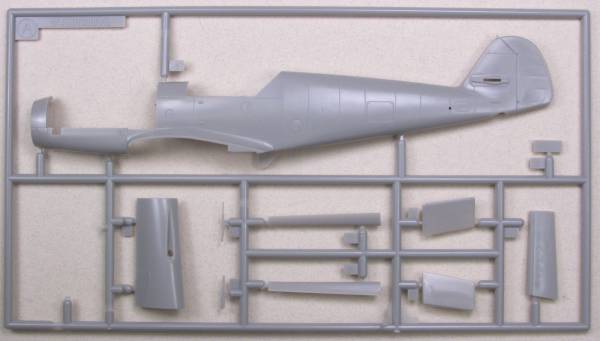
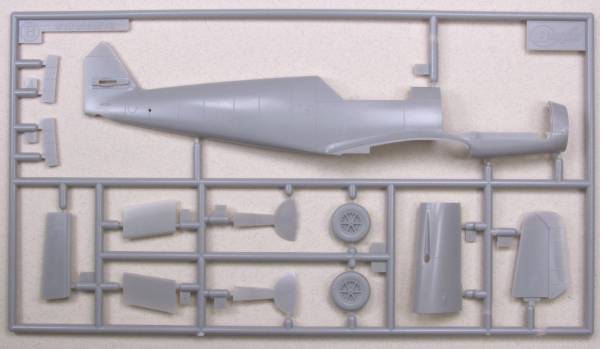
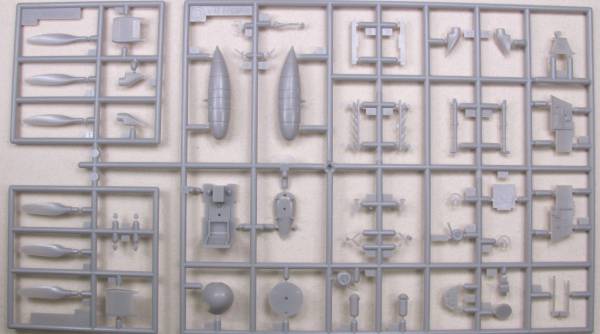
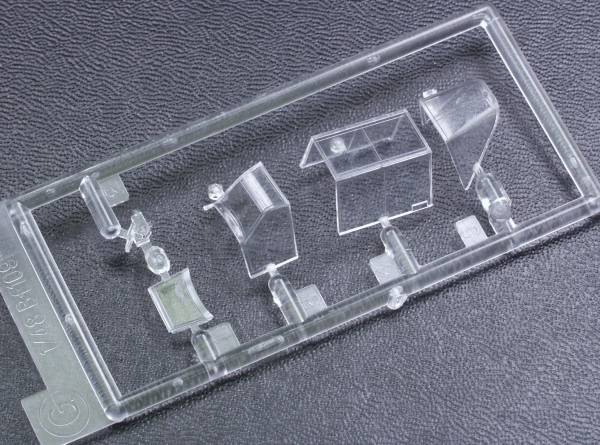
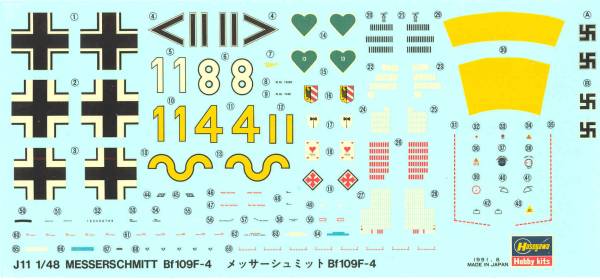

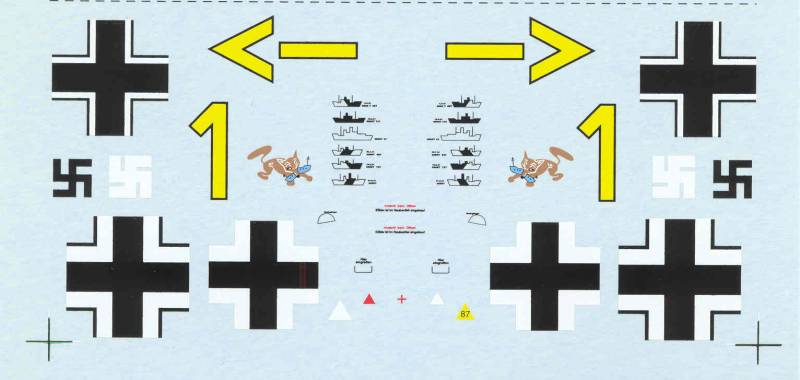
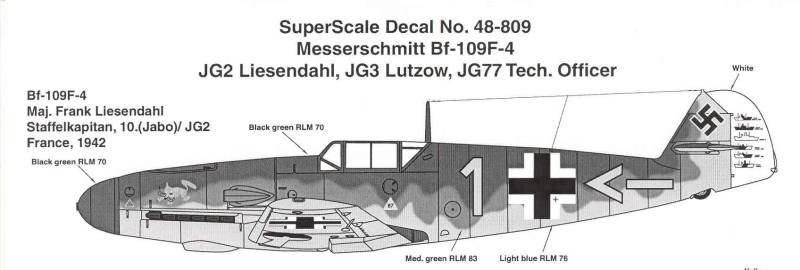
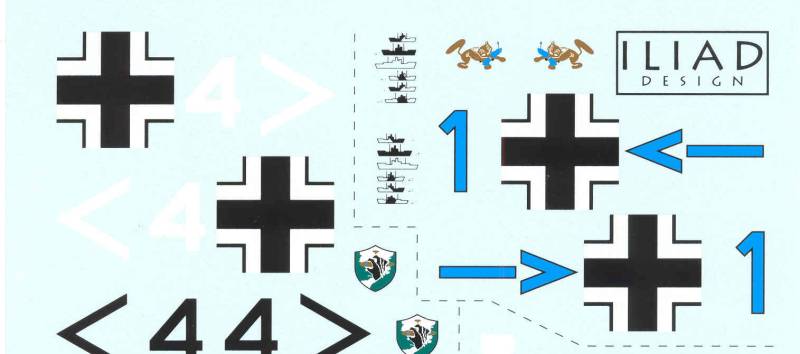
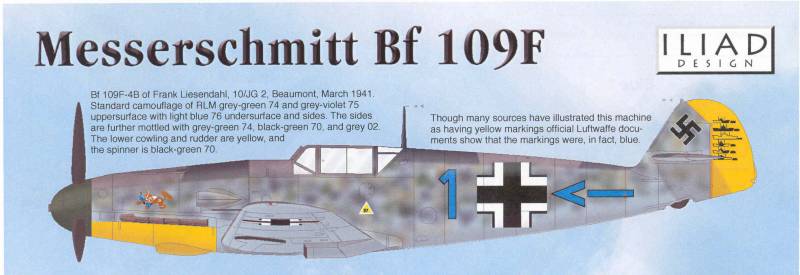
Warplanes of the Third Reich by William Green
Schlachtflieger - Luftwaffe Ground-Attack Units 1937 - 1945 by J. Richard Smith, Chris Goss, Martin Pegg, Andrew Arthy, Nick Beal and Robert Forsyth
The Build
I have come to the conclusion that 1/48 scale fighters are my limit at the small end of the spectrum and while I have a number that I want to build they are far from my favorites due to the small size and the 109 is one of the smallest. Since 109 builds are a dime a dozen I did not take a lot of in progress photos. I did not use all the PE provided in the set that I got for this kit, primarily just the instrument panel, throttle quadrant, map case, chain for the trim wheel, seat belts and harness and a couple of the side wall overlays. Except for the instrument panel and the belts most of it isn't visible once closed up any way. I did not take a photo of the pit before closing up the fuselage, if you've seen one 109 pit you've pretty much seen them all. The photo's below show things mostly together and almost ready for paint.
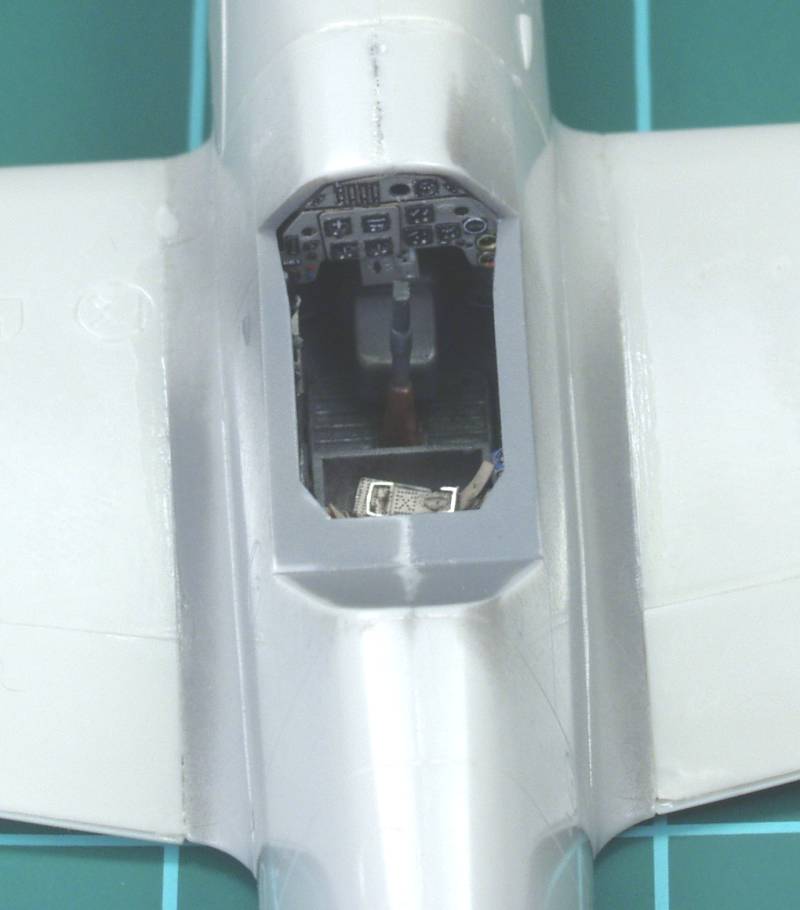
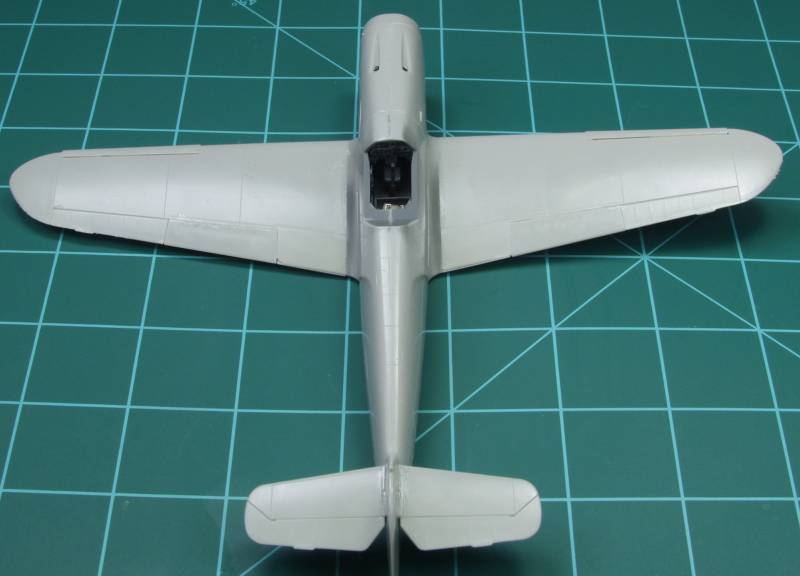
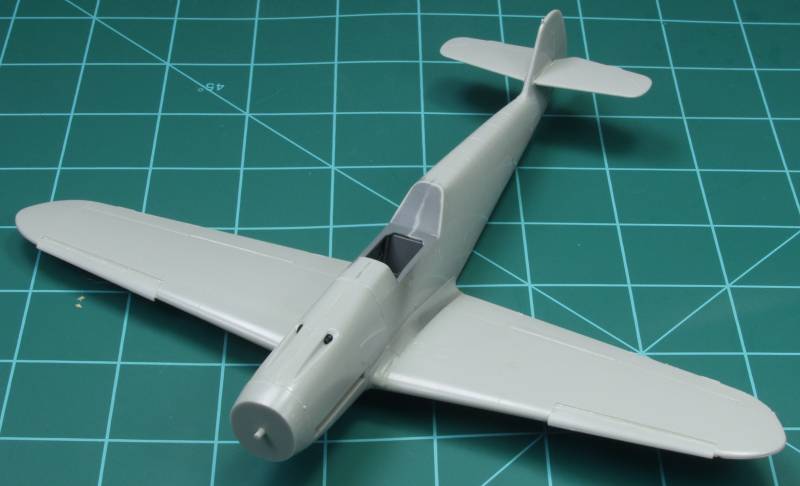
At this point the final parts that needed to be added prior to painting are on and a coat of RLM 76 has been applied overall as a primer. After some minor touch up painting the top color will proceed.
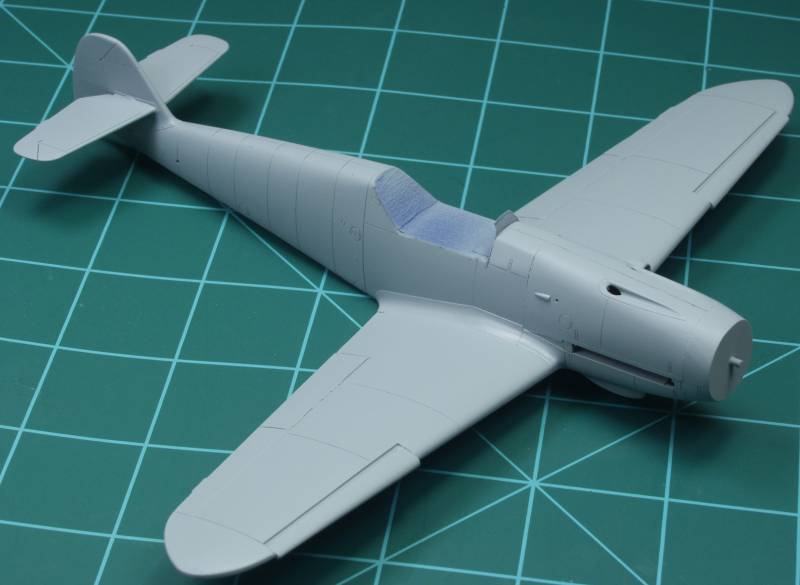
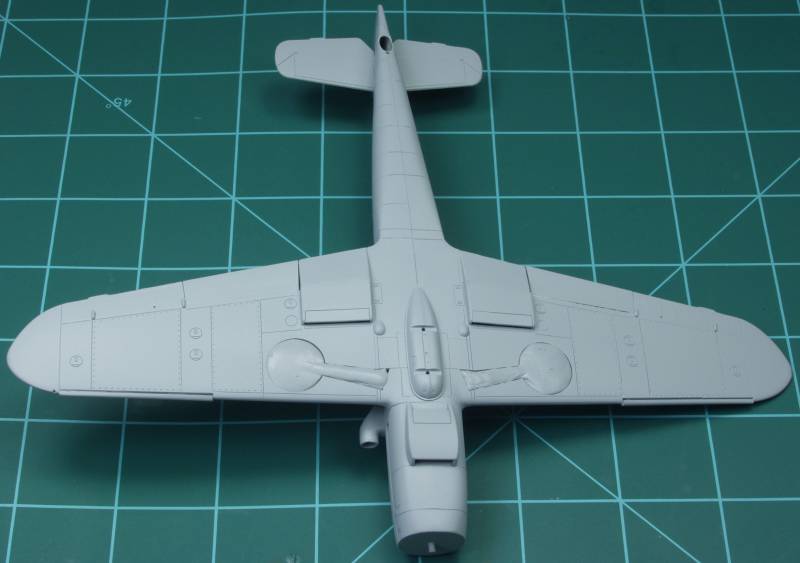
The above photos were taken in 2009, between then and the early part of 2015 the kit sat dormant awaiting the time when my interest to continue the build would return. The photos below were taken between January and the end of June of 2015.
In the first photo the two shades of gray, RLM 74 and 75 have been applied as well as the required yellow markings.
One of the things that held things up was the need to paint the mottling on the fuselage sides. For this one needs just the right combination of paint thinness and air pressure along with the correct alignment of the moon and other astrological bodies. while not perfect the result I obtained on this one was one of my better efforts. Although it may look overdone in some areas it was that way on the actual aircraft.
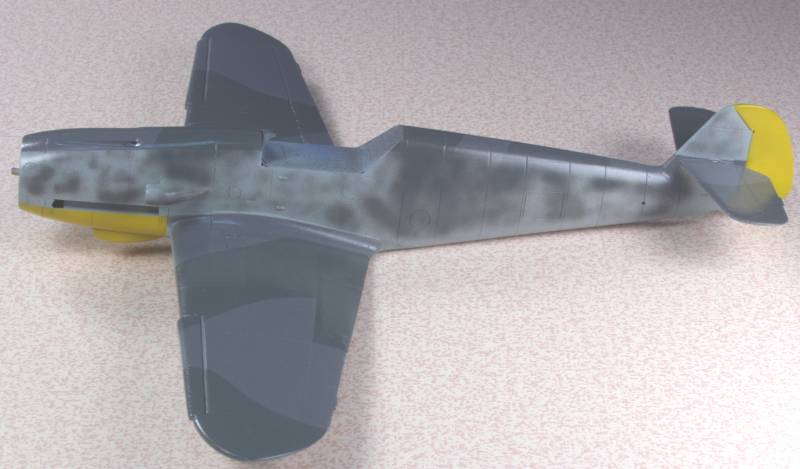
From that point on I didn't take any more in progress photos and we jump right to the finished model photos. Photos I found of the actual aircraft show it heavily spattered with mud but i felt that if I actually tried to achieve this look it would look over done so decided to go with how it might have looked on a cleaner day.
